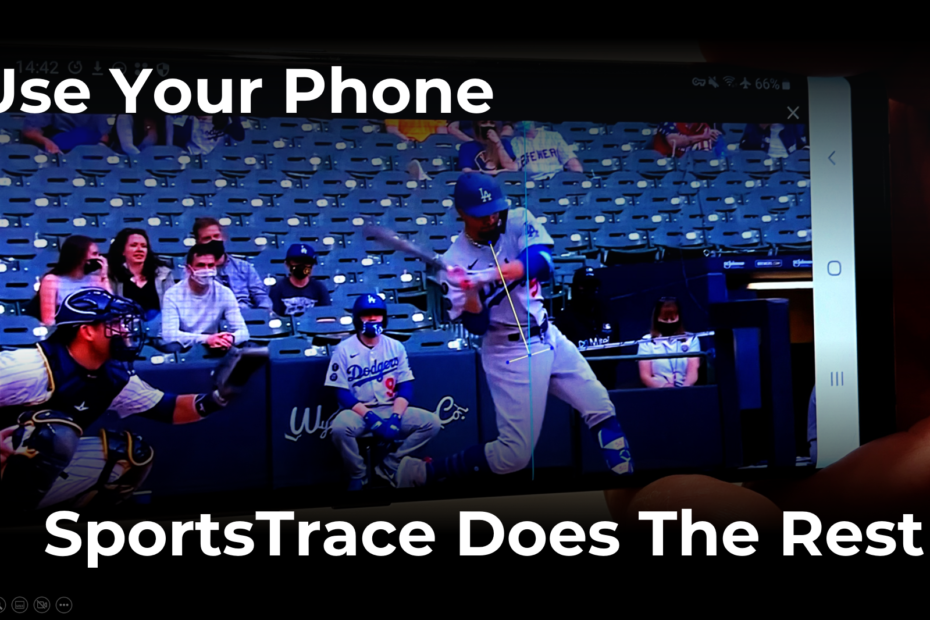
In sports, we’ve come a long way with data and analysis driving player development and in-game decisions over time. Players and coaches will always have room for making decisions based on intuition. The data merely guides you to new insights and higher-probability outcomes. Take a look at where we were, where we are, and how SportsTrace can help with biomechanical video analysis – and figuring out the data.
The Past
Take biomechanical analysis. We’re talking about measuring the way you move. The process of capturing this kind of data has come a long way. In the past, the capture of biomechanical data was limited to controlled environments. If you go WAY back, biomechanists were capturing this information by hand with things like goniometers (which are still in use). This isn’t super easy to use on an athlete in motion, though.
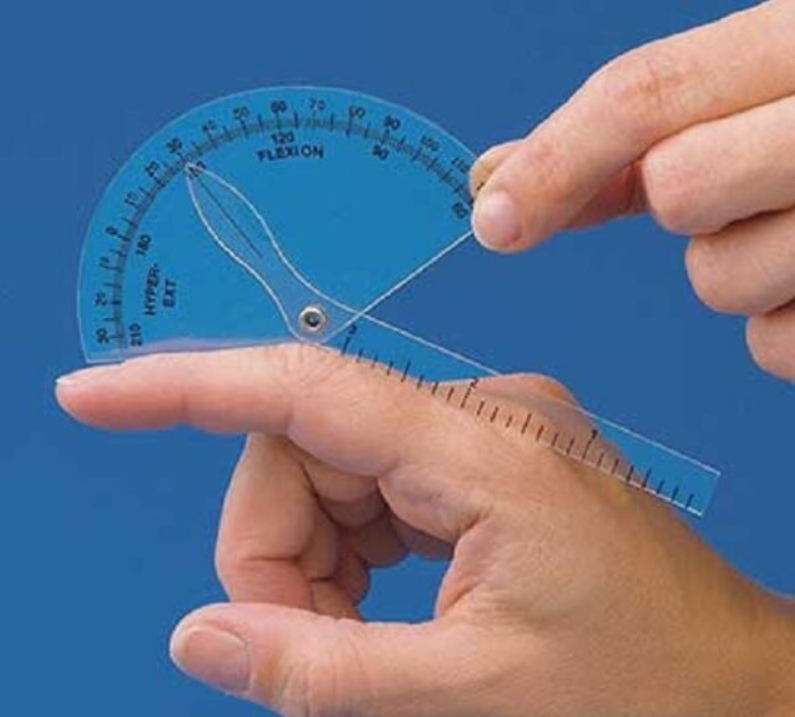
As times progressed and you wanted a little more automation, you had to get into a lab. You needed specialized equipment. You needed to, well, change your clothes. You needed to put on markers. You needed teams of experts on hand to analyze the data and adjust any measurements accordingly. If you could find a lab and afford to pay trained professionals for their expertise and expensive equipment to capture the data, you ended up like this:
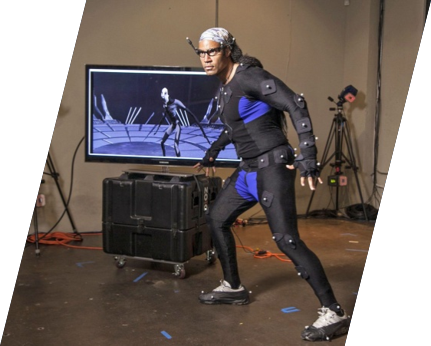
Besides the obvious inconvenience, cost, and availability of these kinds of labs, there were two problems with this:
- You aren’t measuring in all environments. You are limited to a lab.
- You aren’t measuring your actual game. You aren’t in the act of playing or practicing, you were performing, like in a movie.
Can you recreate your in-game motion and performance in a lab under these conditions? Sure. Is it easy or even likely that you will recreate your in-game motion and performance in a lab under these conditions? Probably not. So, you weren’t necessarily measuring the consistencies pitch-to-pitch, game-to-game, in-game vs. practice. You were measuring something else (if you can find and afford the lab).
The Present – Motion Capture
No more markers. No more fancy suits. No more special lab equipment. No more labs. Enter markerless motion capture. Just use a camera (or cameras).
Take Major League Baseball, for example. They installed the Hawk-Eye sports tracking platform at every major league ballpark:
Now, every pitch and swing – every movement – on the field of a major league game is captured and the motion data is recorded. Awesome! Where do I sign up? Well, congratulations if you are one of the ~750 people who play on one of the MLB rosters every year (as of the 2022 season, there have only been 22,858 people to have ever made an MLB roster). You are in rare company and you have access to incredible technology to advance your already exceptional skills.
And, other sports are just starting to incorporate Hawk-Eye technology (or similar technologies) at the professional level. But, these systems are not very accessible to every athlete and coach (we’re talking about the price here 😉 ).
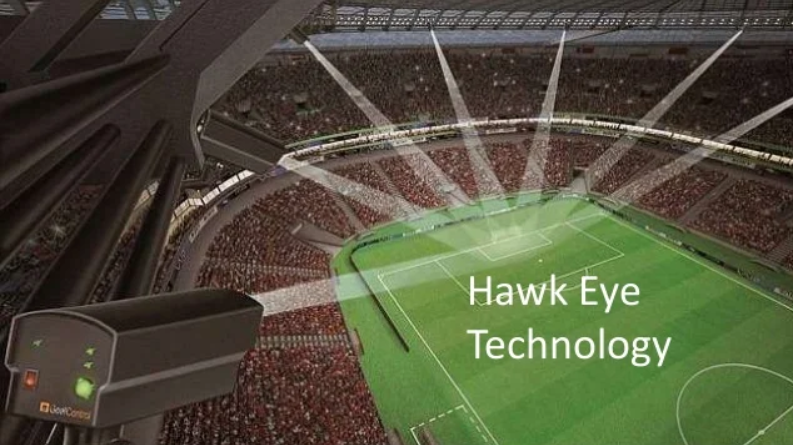
The Present – Biomechanical Data
It’s great that we now have markerless motion capture. That’s half of the issue. But, once you have biomechanical data in your “natural setting” (game and practice situations) at reasonable prices without fancy equipment, what do you do with it?
Driveline recently wrote about this very issue. The article is definitely worth the read, but, hey…
TL; DR: Today, getting biomechanical data is easier, figuring out what to do with the data is still hard.
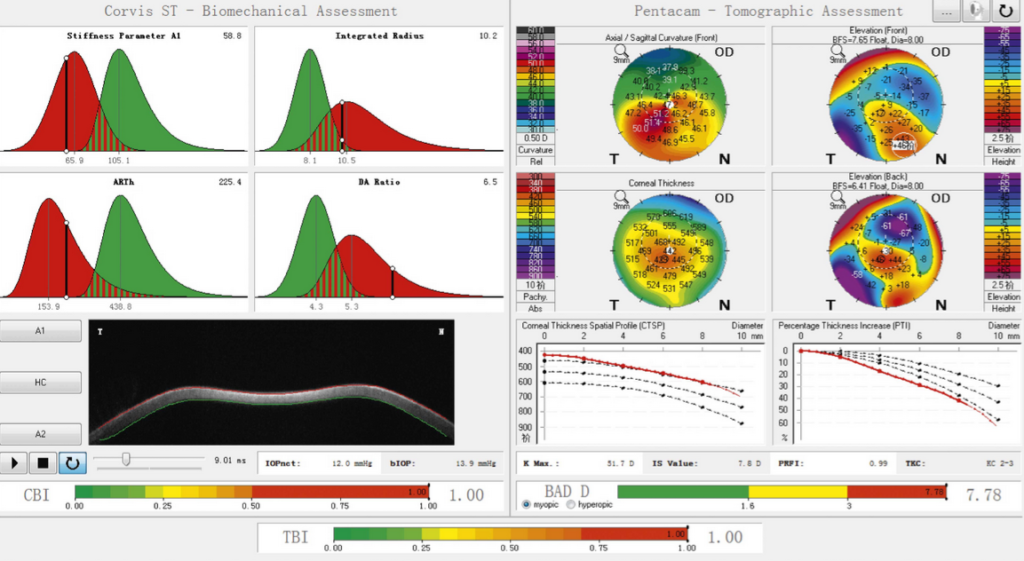
At SportsTrace, we always say that:
- Athletes should be focusing on either playing or improving their game
- Coaches should be focusing on getting athletes better at their game
In the case of both athletes and coaches, why add the jobs of “data analyst” and “data engineer” to the list?
Most athletes are already students. For coaches, there are tons of added responsibilities:
- Administrator
- Mentor
- Fund Raiser
- Operations (practice schedule, game travel)
- Field Maintenance
- Procurement (equipment)
Adding in data analyst and data engineering is a fine thing to do (we do it at SportsTrace), but it can be one more thing to focus on that takes away from your main objectives.
The Present – SportsTrace
So athletes and coaches now have two current problems despite the “democratization” of biomechanical data:
- High end markerless motion capture systems are still expensive and inaccessible
- Even if you do have the data, what do you do with it?
Enter SportsTrace. SportsTrace helps with these problems in several ways:
- SportsTrace performs motion capture and biomechanical analysis from video on your phone using your phone
- SportsTrace breaks that data down into understandable assessments and recommendations for improvement
- SportsTrace gives you tools to see how you are moving for yourself with overlay filters and comparisons
- SportsTrace still makes biomechanical data available but explains what it is and why it’s important
SportsTrace Motion Capture with video
The first good news: SportsTrace is capturing this data from the video on your phone. Take video with your phone, upload through the SportsTrace app, get results. All you need is a phone or tablet and an internet connection to leverage the functionality of SportsTrace. And, SportsTrace does this for you at a reasonable price for unlimited videos – less than the cost of a streaming subscription (and you only need ONE subscription to get all of your sports motion – Baseball, Softball, Cricket, Golf, and American Football – covered, not Netflix and Hulu/Disney+ and Peacock and Amazon Prime Video and Apple TV+ and HBO Max and everything else).
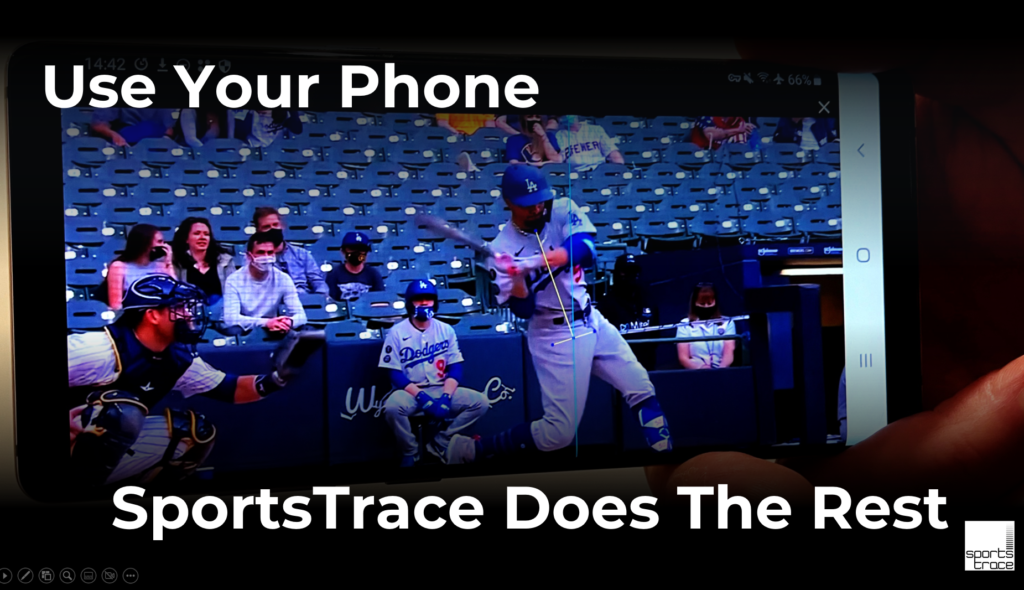
SportsTrace Assessments and Recommendations
Now for more good news: SportsTrace is actually figuring out what to do with the data. Take assessments. Is anything easier than green check marks or red x’s?
Inside of the assessments, we have some explanations for further reading. Wondering what hip rotation is, why it matters, and how you are doing in the video? Just expand the assessment section and read more.
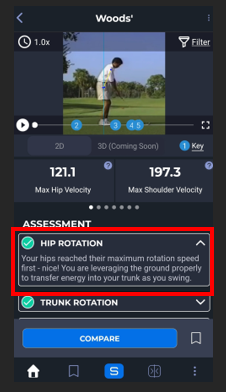
Assessments are nice, but athletes and coaches need to know more than just what’s good and what would be better. Athletes and coaches need to know how to improve on these points. Like, what to do with the findings. Don’t worry, we have you covered with Recommendations. You can read more about it in the SportsTrace FAQ. Long story short, SportsTrace analyzes your movement and give you back ways to improve. We explain what we saw in your video and then give you links to:
- Drills
- Exercises
- Products
- Further information
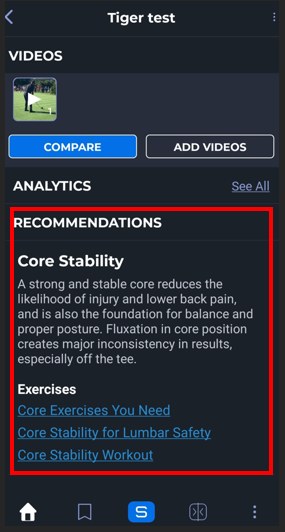
SportsTrace Video Tools
Every SportsTrace Pro subscriber has access to video tools. Any video you upload is automatically annotated. Want to see how stable your head is, how much you bent at the point of contact or point of release, or how far your stride length is? SportsTrace gives you filters on top of video automatically synched with your body to show you. Filters take you beyond the numbers to slow down what your eye might not see in the middle of a swing or throw.

There are tons of filters available specific to your sport and activity. It’s easy to choose them:
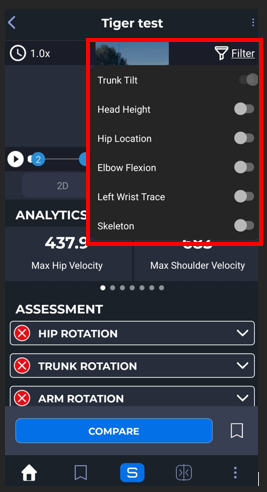
In addition to Filters in SportsTrace Pro, we also have side-by-side Compare and Overlay Compare. If you want to see the difference between a swing at practice or in a game, just Compare!

SportsTrace Biomechanical Analysis
Do we still have the data? Sure. SportsTrace has the data on how you move and also provides information about the data to help you understand. SportsTrace does have advanced users that would like to see the consistency in their own movement through the numbers – in quantitative terms. SportsTrace has those numbers with explanations about what we are measuring it and why it is important. These measurements are sports specific and personalized to your sport and activity.
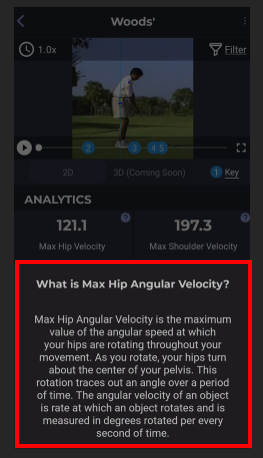
Conclusion
SportsTrace brings you into the future of biomechanical analysis without requiring you to have a PhD in biomechanics. Upload your video, improve your game. Feel free to try SportsTrace now for free before purchasing a subscription. We have the free trial on the app and, with a paid subscription, you get all of this functionality for unlimited videos.
